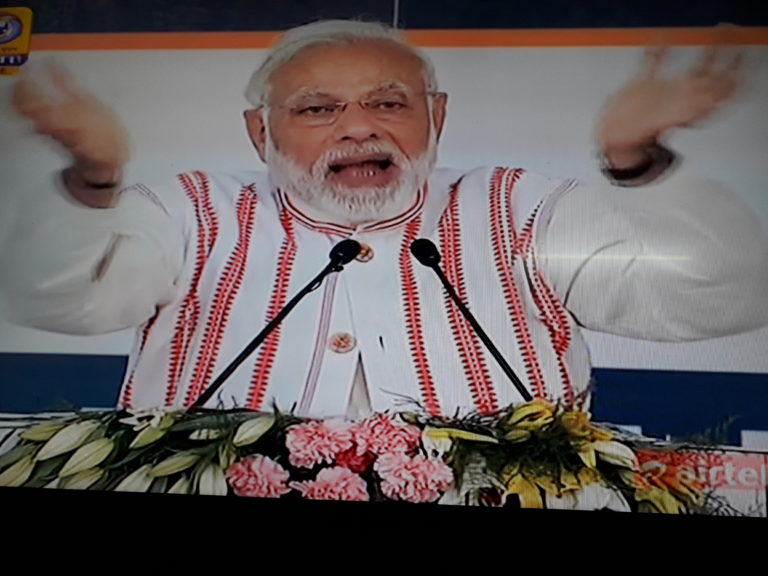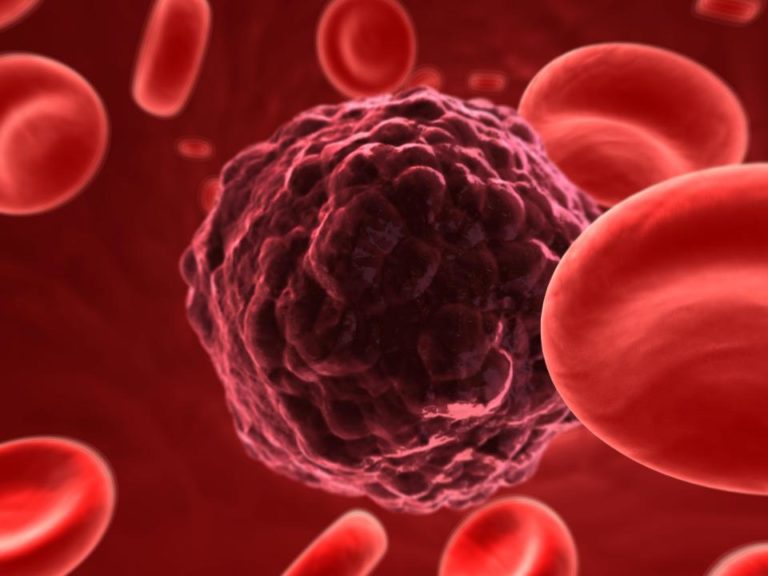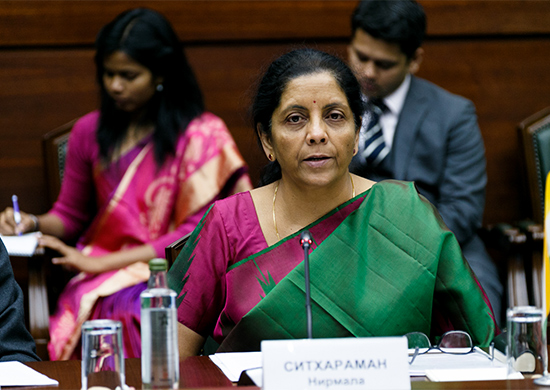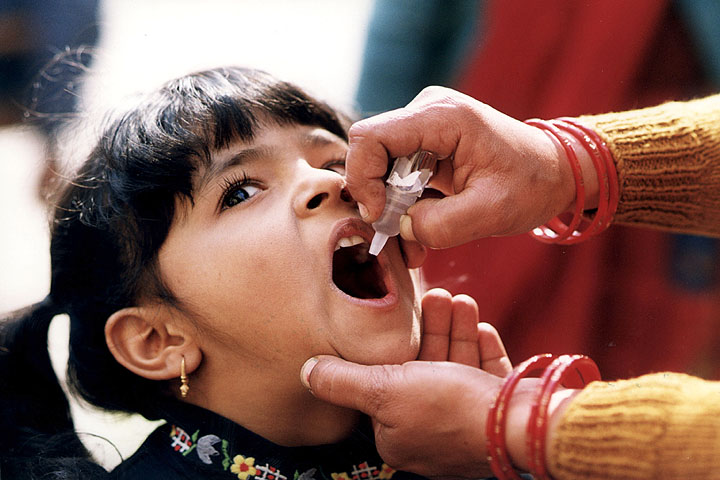There was expectation that the expansion for senior citizens would be part of the Union Budget; all eyes will now be on the prime minister’s Independence Day address
Skirting a direct question about the expansion of the Pradhan Mantri Jan Arogya Yojana (PMJAY) to include senior citizens – an election promise of the BJP – and a possible increase in annual limit of spending, government of India has told Parliament that there are no plans to throw the scheme open for citizens who do not meet the current eligibility criteria against payment of premium.
PMJAY is the tertiary care arm of Ayushman Bharat, the flagship health programme of the NDA government. Under the scheme eligible families get an annual health cover of Rs 5 lakh for fixed diseases and procedures. Replying to question from Lok Sabha MP N K Premachandran, minister of state for health and family welfare Prataprao Jadhav said: “Ayushman Bharat – Pradhan Mantri Jan Arogya Yojana (AB-PMJAY) is the world’s largest publicly funded health assurance scheme which provides health cover of Rs. 5 lakh per family per year for secondary and tertiary care hospitalization to 55 crore individuals corresponding to 12.34 crore families. All members of the eligible families irrespective of age are covered under the scheme. The scheme is being implemented in 33 States/UTs except NCT of Delhi, West Bengal and Odisha. Currently, there is no proposal to open the scheme beyond the existing beneficiary base on contribution of premium.”
Expansion of PMJAY for senior citizens aged above 70 years had also found mention in the President’s address to the joint session of Parliament. There had been widespread expectation of the expansion for senior citizens to be announced in the Union Budget but with that not happening, all eyes will now be on the prime minister’s Independence Day address from the ramparts of the Red Fort.
Launched in 2018, PMJAY has so far managed to enrol more than 34 crore of the 55 crore target population.
The minister also told the Lower House that initially, 10.74 crore beneficiary families under AB PM-JAY were identified on the basis of the Socio-economic Caste Census (SECC) of 2011 using select deprivation and occupational criteria separately for rural and urban areas. In January 2022, the beneficiary base was expanded to 12.34 crore families and States/UTs have been given the flexibility to use other digitized databases of similar socio-economic conditions for identification of beneficiaries under the scheme. Accordingly, States/UTs have provided Aadhaar-seeded databases of poor and vulnerable families for verification under the scheme.












